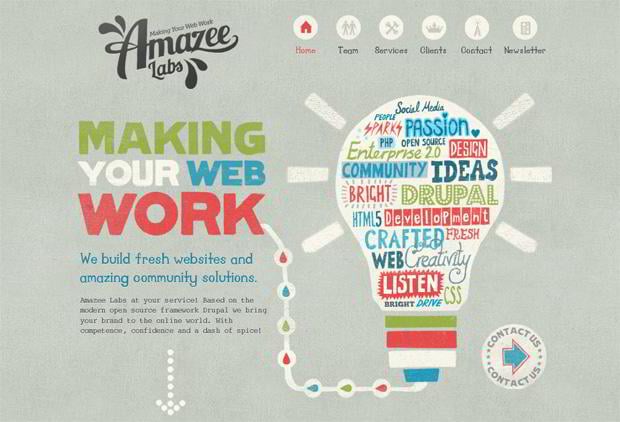Fundamental Facets Of Website Design: Standards For Creating A User-Centric Website
Fundamental Facets Of Website Design: Standards For Creating A User-Centric Website
Blog Article
Article By-Wiley Gammelgaard
When it comes to website design, guaranteeing user-friendliness is key. From receptive style to structured navigating, every element plays an important role in developing a website that satisfies your target market's requirements. Yet what regarding the finer details that can make or break a customer's surfing experience? Stay tuned as we discover some often-overlooked pointers that can raise your web site's functionality to the next degree, making it truly stand out in the electronic landscape.
Relevance of Responsive Layout
Responsive layout is a critical element of contemporary web site growth. Ensuring your website is receptive ways that it can adjust to different screen sizes and tools, giving a seamless experience for users.
With the enhancing use smart devices and tablets to access the web, having a receptive layout is vital for reaching a larger audience. It helps in enhancing user experience by making your website simple to browse and read on any kind of gadget.
Additionally, Digital Marketing Agency List can positively influence your internet search engine rankings, as online search engine like Google prioritize mobile-friendly websites. By having a receptive design, you're additionally future-proofing your web site, as new devices with varying display sizes continue to arise.
Simplify Navigation Framework
To improve individual experience and help with very easy accessibility to details on your site, simplifying the navigation structure is vital. When developing your website, focus on producing a clear and intuitive navigating menu that assists visitors discover what they're trying to find promptly.
Limitation the number of menu things to the fundamentals, grouping associated pages together to avoid frustrating individuals. Use descriptive labels that plainly indicate the content of each page, making it less complicated for individuals to understand where each web link will take them.
Consider applying dropdown food selections for subcategories to stop cluttering the primary navigation bar. Furthermore, consist of a search bar plainly on the page for customers who prefer searching for details information.
Digital Marketing Agency Healthcare on mobile responsiveness in your navigating layout to guarantee simple access on all devices.
Optimize Web Page Load Speed
Improving page tons speed is critical for keeping site visitors on your web site. Slow-loading pages irritate customers and can cause high bounce rates. To maximize web page load speed, beginning by enhancing photos. Press images without endangering high quality to lower their data dimensions.
In addition, enable web browser caching to store regularly accessed resources locally, speeding up load times for returning site visitors. Minify CSS, JavaScript, and HTML documents by removing unneeded characters, remarks, and format, enhancing lots speed.
Consider using a content distribution network (CDN) to distribute your web site's material across multiple servers worldwide, lowering latency for users accessing your site from various areas. Lastly, limit the use of third-party manuscripts and plugins, as they can dramatically impact lots times.
Conclusion
To conclude, by incorporating receptive style, simplifying navigating, and maximizing web page load rate, you can develop an user-friendly internet site that interest a larger target market and improves user experience. Recommended Online site ensure that site visitors can quickly gain access to and browse your website throughout various gadgets, bring about raised interaction and contentment. By focusing on these vital aspects, you can build an effective web site that keeps users coming back for more.
